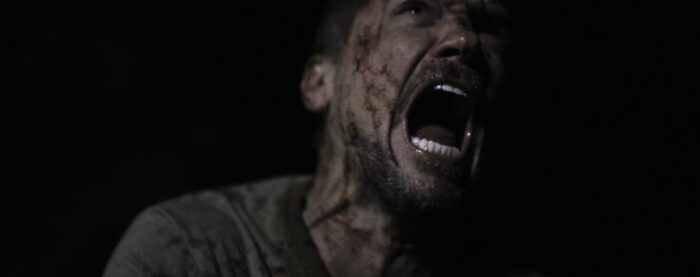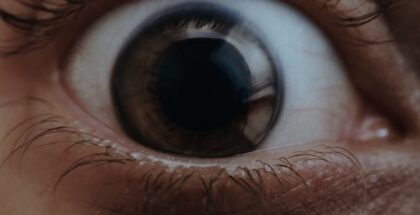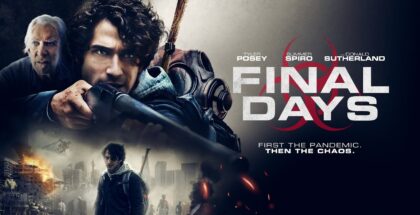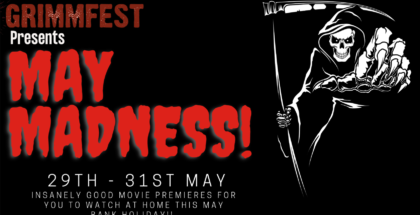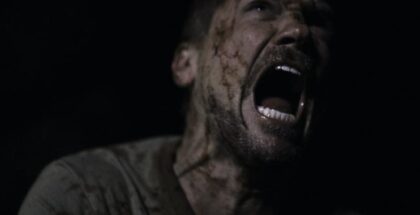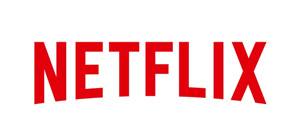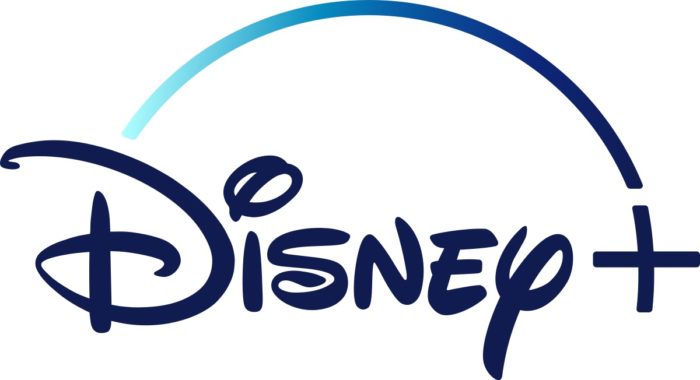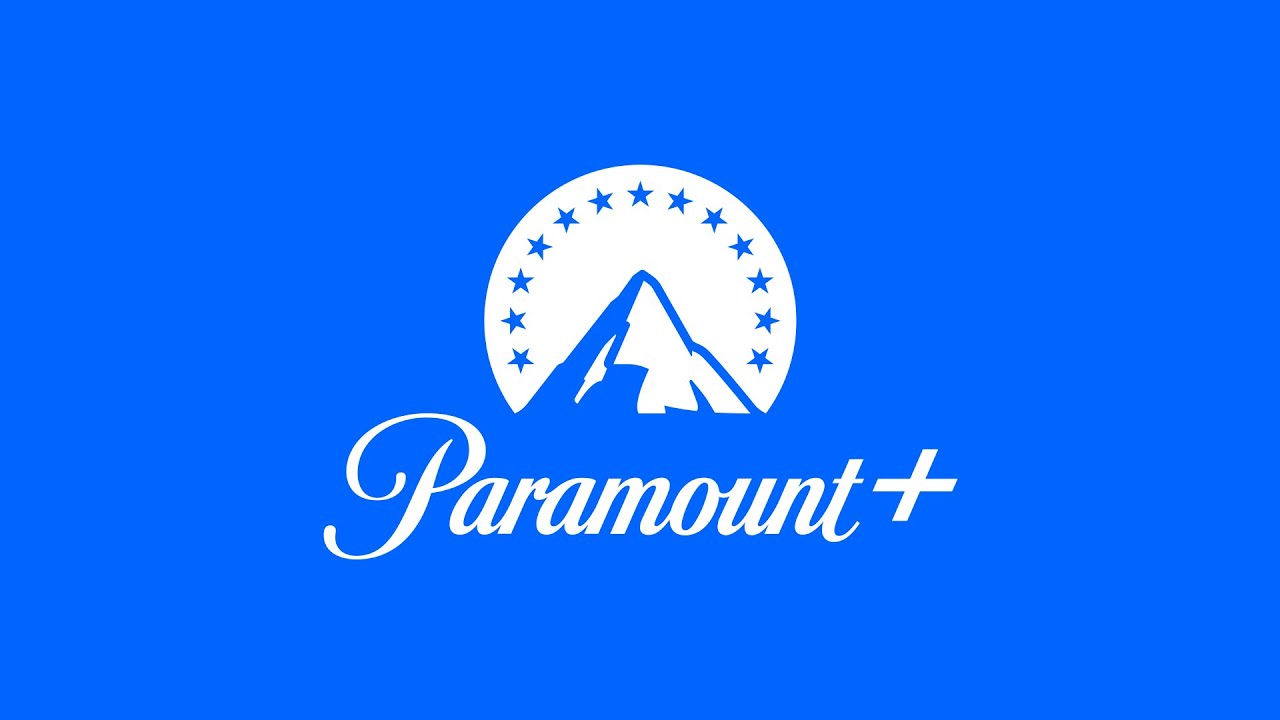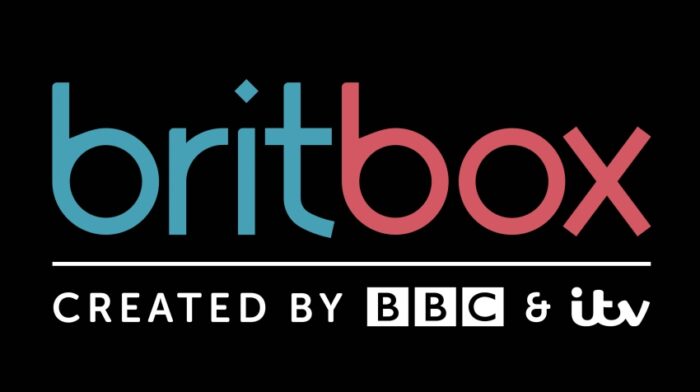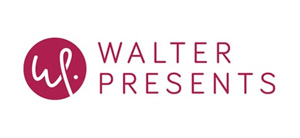Interview: John C Lyons and Dorota Swies talk fracking horror movie Unearth
Ian Winterton | On 08, Oct 2020
Unearth is streaming online as part of Grimmfest 2020. For the full festival line-up and how it works, click here
Unearth’s tagline – “a fracking horror movie” — is somewhat misleading. Sure, the film does feature fracking as its central premise, and it most definitely contains some first-rate Cronenbergian body-horror, but it’s about so much more. Set among the rural farming community of rural Pennsylvania, Unearth is as interested in giving voice to the working class communities who, in a heavily re-regulated state, bear the brunt of water and land poisoned by polluting corporations, as well as the economic hardship brought about by their inability to compete with those same companies.
A hit at festivals around the world, Unearth’s next stop is Grimmfest in Manchester, where it will stream online on Thursday 8th October. Via Zoom, we speak to the film’s directors – John C. Lyons and his wife and co-director Dorota Swies – about environmentalism, the pros and cons of genre moviemaking and how they resolutely don’t care if some people don’t like their film.
You had a Kickstarter some time back – was that for a proof of concept piece rather than the movie you’ve now released?
John C. Lyons: Well, initially the project started off much smaller in scale. The Kickstarter was successful and saw from it that people, not just in the States but across the world, seemed ready for a fracking horror movie. And so it just kept growing. Marc Blucas and Allison McAtee came on board and we used the Kickstarter money to make a proof of concept film, and then gradually more investors put finance in and we got to make the film you see now with Adrienne Barbeau and P.J. Marshall and everyone else.
It’s just been picked up by Reel Suspects too?
JCL: International distribution, which we’re very happy about. Reel Suspects do arthouse, elevated genre pieces, challenging material and we feel it’s a good for and so do they so we’re very excited about that.
It seems to be a very personal film – John, you grew up in rural Pennsylvania, yes?
JCL: I grew up in the forests, farms and fields of Pennsylvania, yes, so it was a very personal story. The rivers and lakes in Pennsylvania had some of the cleanest water around but it’s become one of the most deregulated states in the United States, so it’s very pro industry and unfortunately there’s a lot of pollution and contamination and illnesses due to those, so that was the basis for the film.
When did you decide to bring in the horror element?
JCL: From the very beginning. Back in 2013 I approached some of my trusted genre hounds – like Mark Kosobucki – and I bounced some visual ideas I had off them. I won’t describe them in detail so as to avoid spoilers but if you’ve seen the film you’ll have a pretty good idea. But when I saw their reaction and excitement, that clued me in that I was on the right track. And I also wanted to pay respect and homage to these working class people who go through these very real and horrific things, but to heighten it through genre. The genre works so well with social commentary. But, yes, we always wanted to make a deeper film for people who like character development and aren’t just looking for jump scares and the like.
Your cast are pretty amazing. Is Allison McAtee someone you knew before? She’s from near Lake Erie too, right?
JCL: Actually Alison, Marc and Rachel [McKeon] are all from the area. I didn’t know them before, though. Marc was a huge basketball player and went to Europe before coming back to be an actor and then getting a role [as Riley Finn] on Buffy the Vampire Slayer.
I knew about Buffy, of course, but not that he was a famous basketball player
JCL: Oh yes, on set he was very much “coach Marc”, rallying everyone together – that’s very much in his DNA. But Dorata and I had seen Allison in Californication with David Duchovny and we thought her performance was one of the more grounded serious performances in the show and found out she was from round here and it all just started coming together. Rachel contacted us when the project got underway and so we checked out some of her other roles in Homemakers (2014) and Jessica Jones and cast her. Some of the other crew are from Erie but live and work in LA so we brought them back to make the film, too. That made it even more of a Erie, Pennsylvania film.
You also have the legendary Adrienne Barbeau as well – did you pick her because of horror credentials?
JCL: It worked out like that, I guess, but we were already fans of Adrienne for her work as a whole. You see talent in certain kinds of films and sometimes they don’t get the chance to play multi-faceted roles, so it was really exciting to get her into this film. It really came about through the casting directors Allison brought into the fold when she came on board. They helped bring in Adrienne, PJ, Monica [Wyche] and Brooke [Sorenson], which made the cast really very solid. Adrienne was a complete trouper – very energetic and enthusiastic.
Dorota Swies: She didn’t mind getting up at 4am or whatever, working really long hours. It seems on paper that she’s just this matriarch but, without spoiling it, she has a lot of physical scenes to do later on.
What length was the shoot?
DS: It was 18 days. Quite intense.
The style is very earthy and gritty. Your DoP Eun-ah Lee has a long list of credits – is this your first time working with her?
DS: Yes. As I was co-directing, we wanted someone female to build on that sensibility, and she’s also a painter, too, as am I, so we connected on that level too. We wanted it to have a painterly quality so we found that we worked well together. We weren’t after the perfect image but a dirtier, more earthy approach. The palette of it is really earthy and rich which makes the horror even more effective – it feels like it happens in the real world. It’s social realism so you care about the characters, and then that’s complemented by the cinematography.
It seems appropriate that for a film with an environmental message the effects are also organic and practical…
JCL: Shout out to Mark Kosobucki who helped us on that first Kickstarter funded proof of concept. And then we had Steve Tolin who came in on the film. We always wanted to use practical effects rather than the CGI you see in, say, the Marvel movies. You can throw millions of dollars of CG up on screen but it feels dated almost as soon as the movie’s out. But practical effects – you shoot them in camera, using the lighting you have on set, so it’s a baked-in look – it’s never going to change. But because we wanted to ground everything in character and reality as much as we could it was important to have real physical appliances and effects the cast could interact with. And with the drilling scene, we had real props we could use and see on set.
Did you worry about the horror not coming in early enough – that some people might be expecting gore earlier on?
DS: We worried a little but, also, we didn’t. Because if you want to make a film that pleases everybody – commercial, pretty – then I would not make movies. That’s not the point. The point is to make films that break the rules. Life is not perfect – we don’t have beautiful flawless images and life doesn’t come out like a clockwork story. The term “social realism” is useful. We evoke the horror by not sowing the horror for most of the film.
I was reminded in some ways of The Exorcist: the washed-out palette, real characters – but with demonic possession.
JCL: You get to know the family in The Exorcist, and that makes the horror resonate on an emotional level. Or movies like The Thing – it’s characters that make those films. You get to know them all as they interact and work together. That was our goal with Unearth – to base everything in character, story and theme. Even the horrific deaths that we’re alluding to, they all come back to character and come back to the symbolism of each of those characters and their personality types and things that they’re going through psychological and physically. But to piggyback on what Dorota was saying, this is a slow burn film, but you’re not going to put that on the poster: “This is a slow burn, character-led piece.” Some people do come in wanting a rollercoaster horror movie full of blood and guts and people they don’t care about getting torn apart and stories that aren’t memorable. But films we always gravitate to are ones that stick to your mind, and your bones and you can’t get out of your psyche for days, weeks afterwards.
The politics is also deftly handled – it’s a message movie but it manages not to be at all preachy. You have sympathy for all the characters, even the guy who sells his land to the corporation Patriotic Exploration.
JCL: Especially now during a pandemic people can understand that even more clearly. If you’ve gone through life with one hand tied behind their back in normal times and now you’re out of work, or you don’t have health cover, or a small child. Most families in the US are small disaster away from total disaster. We wanted to show that these families are struggling, and these families feed all of us. So whether you’re a farmer yourself, hopefully you have empathy to understand that if we screw up the groundwater and our food supply that it’s going to affect all of us in the end.
Unearth streams at 7.30pm on Thursday 8th October. Click here to book a ticket.


